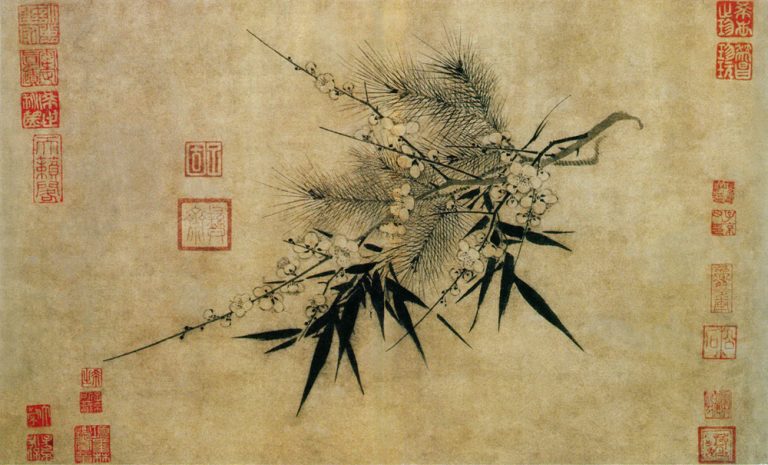Media hysteria against the Unification Church, not the Unification Church itself, may have excited the weak mind of the killer.
by Massimo Introvigne


Now the dust is settling, and we may start understanding why Yamagami Tetsuya assassinated the former Japanese Prime Minister Abe Shinzo. Although not everything is clear, we are told that Yamagami had a grudge against the Unification Church, or rather what became its largest branch after the death of Reverend Moon Sun Myung in 2012, the Family Federation for World Peace and Unification (FFWPU) led by the Reverend’s widow. Yamagami was never a member of the Unification Church or the FFWPU but his mother was. Reportedly, she made significant donations to the religious movement, which the son saw as the cause of the ruin of their family.
Yamagami test-fired his weapon by shooting at a building that had been once used as a FFWPU church before assassinating Abe. Reportedly, he told the police that he wanted to assassinate a FFWPU leader—possibly Ms. Moon herself—but since this was technically difficult he killed Abe instead. He accused Abe of having promoted the FFWPU. Abe, in fact, sent video remarks to two events of the Universal Peace Foundation (UPF), which is legally independent from FFWPU although it has the same founders and maintains a close connection with the religious movement.
Abe was just one among dozens of world leaders who sent videos to UPF events, participated in its rallies, or officially received its leaders. As a study of the UPF published in Bitter Winter documented, these leaders include Donald Trump, former UN secretary general Ban Ki-moon (not a relative of Reverend Moon), Cambodia’s Prime Minister Hun Sen, and former Prime Minister of Portugal and President of the European Commission José Manuel Barroso. Pope Francis received in a private meeting the UPF President on July 1, 2019, and the meeting was duly indexed in the official Press Bulletin of the Holy See. At the United Nations, where thousands of NGOs have special consultative status, UPF is a member of the elite club of leading groups that have achieved general consultative status.
Although in public neither the FFWPU nor the police have commented on when the killer’s mother donated to Ms. Moon’s movement, a reliable source told Bitter Winter that significant donations stopped several years ago. Yet, her son decided to act now. Why?
Diagnosing psychiatric problems post factum is never recommended, but those who claim that Yamagami was not operating with a full deck may not be wrong. Not all the children of mothers who donated to the FFWPU protested by assassinating UPF events participants.
There are two categories, however, that may help us understanding what happened. First, “hate crimes” are defined as those committed against individual victims as a manifestation of the perpetrators’ hate against a whole category. Hate crimes were an important part of my portfolio when I served in 2011 as the Representative of the OSCE (Organization for Security and Cooperation in Europe) for combating racism, xenophobia, and religious intolerance, and I presided several meetings on the subject. Yamagami’s resentment was not individually against Abe but against a category, the (real or imaginary) supporters of the FFWPU. In this sense, it was a typical hate crime.
The second category is the anti-cult violence. In 2018, I was asked to guest-edit a special issue of the prestigious “Journal of Religion and Violence” on the subject of new religious movements (called “cults” by their opponents and popular media) and violence. In my introduction, I explained that the relation is twofold. New religious movements, just as groups within mainline religions such as pedophile Catholic priests or terrorists who use or misuse the name of Islam, may certainly be guilty of violence. They may also be victims of violence, as I illustrated through several cases which had targeted inter alia the Unification Church.
In Japan, specific incidents where the leader and several members of a new religious movement, Aum Shinrikyo, committed horrific acts of violence, including the deadly sarin gas attack against the Tokyo subway in 1995, created a climate even more hostile to “cults” in the media than in other countries. While this is in some way understandable, media should always consider that generalizing and stereotyping is a sure recipe to create hate crimes.
A simple look at how the Japanese media discussed the Unification Church and the FFWPU, not only after Abe’s assassination but also before, shows that their coverage was predominantly hostile and sometimes verged on the insult. They offered a tribune to apostate ex members and greedy lawyers who tried to persuade relatives of those who had donated to the Unification Church to sue asking to recover the money. It is of course possible that donations, as it happens in many religious organizations (including some part of the mainline), were solicited in a pushy manner. However, the greedy lawyers did win some cases but lost others, and stereotyping the Unification movement as a “cult” went well beyond the technicalities of these cases (and ignored pushy donation techniques within mainline religions).
Of course, I am not suggesting that media anti-cult coverage of the Unification Church in Japan (which continues after Abe’s assassination and influences the media of other countries) produced the crime. After all, millions did read the same articles and did not kill anybody. If I learned something in dealing at an institutional level with hate speech, is that it does not persuade stable minds to commit crimes. For this reason, it may be easily regarded as inoffensive. A wrong conclusion, because weak minds also exist, and the effect of hate speech on them may be devastating.
While some media instill in their readers the idea that the Unification Church may be somewhat responsible for what happened, in fact what may have influenced the unstable mind of Yamagami may have been precisely the media anti-cult campaigns, and the hate speech directed for years at the Unification Church.








